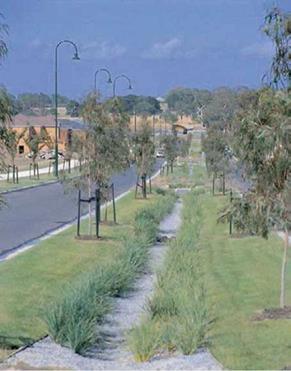Drainage Systems
Drainage systems come in many shapes and forms (see Chapter 13) but they also share many common features – they are placed lower than the section of road or earthworks they are intended to drain and they comprise materials (and/or pipes) that
 |
 |
are more permeable than the surrounding materials. Broadly, they may be classified as follows:
i) Horizontal (or sub-horizontal) drainage layers.
– When placed in, or more usually at the bottom of, some imported soil used for earthworks, these are termed blanket drains. Then they are used to isolate earthworks from underlying groundwaters, allowing any up-flowing water to be intercepted before it causes deterioration of earthworks and to catch water draining down from higher layers.
– Drainage layers may be provided only to carry small see...
read more






